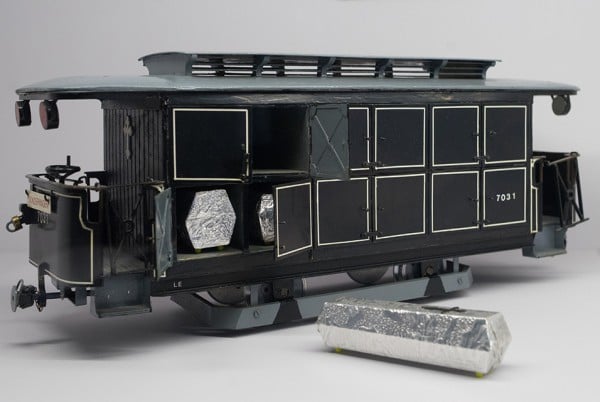Art & Exhibitions
Vienna’s Funeral Museum Takes Up Home in City Cemetery


Somehow artnet News missed Vienna’s recently relocated Funeral Museum, or Bestattungsmuseum, which has been around since 1967, in our roundup of disturbing institutions (see “The World’s 19 Creepiest Museums“).
The museum recently reopened at the city’s central cemetery, Zentralfriedhof, which is Europe’s second-largest cemetery. The site is home to some three million graves, the most on the continent, including that of local musical legends Brahms and Beethoven, and, more recently, “Rock My Amadeus” pop star Falco.
Vienna is known for having a bit of a fixation on death: the cemetery already draws large numbers of visitors, tourists and locals alike, and tours of the local churches often include catacombs and the remains of the Hapsburg dynasty. The lyrics of a local song go so far as to argue that “Death himself must be a Viennese.”
Though the creepiness factor is definitely increased at the new graveyard digs, the museum’s perhaps most disturbing attraction is now a thing of the past. Previously, during Vienna’s annual Museum Night, visitors were given the chance to lie down in a coffin—lid on, if they so desired. “The management decided,” explained director Helga Bock to AFP, “it was totally inappropriate.”
Coffins are still on display at the museum, including a special 1794 model introduced by Emperor Joseph II that has a hinged wooden door underneath and was meant to be reusable, to save money. The 250 items on view also include death masks, death notices, and other more unusual objects, such as a bell that was tied to a corpse, on the off chance that the person had been buried alive. If the dead awoke, they could pull the string, ringing the above-ground bell and alerting grave diggers to the error.